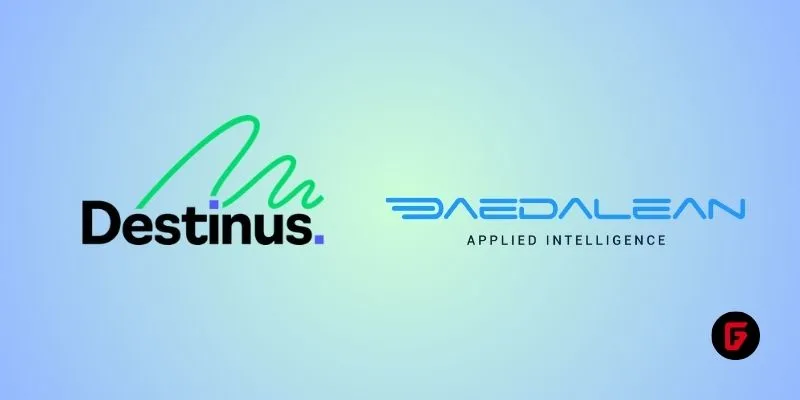In a landmark deal shaking up the European aerospace sector, Destinus Group BV has signed an agreement to acquire Zurich-based autonomous flight software leader Daedalean AG for an impressive $225 million. More than just a high-dollar transaction, this move speaks volumes about the future of intelligent UAVs and the evolving landscape of aviation AI.
What Makes This Acquisition Such a Big Deal?
Destinus, founded in 2021, has swiftly gained a reputation as a heavyweight in unmanned aerial vehicle (UAV) manufacturing. Best known for its advanced flight systems and broad operations across Europe—including Germany, Switzerland, France, the UK, Spain, and Ukraine—it employs a robust workforce of over 500. But the company’s next growth leap clearly lies in intelligent autonomy, and that’s where Daedalean comes into play.
Daedalean, launched in 2016 by former Google and SpaceX engineer Luuk van Dijk, is at the cutting edge of safety-critical avionics software. Picture advanced systems that deliver environmental awareness, assist pilots, and even enable navigation in challenging, GPS-denied spaces. Housing over 150 talented specialists—thirteen of whom hold PhDs—the company is a magnet for AI and avionics talent across the continent.
The combined strengths position the new Destinus-Daedalean force as a leader in intelligent, autonomous aviation—a sector where both civilian and military demand is surging.
How Will This Shape Defense and Civil UAVs?
Global dynamics are driving a shift toward fully autonomous capabilities in aviation. Military buyers are focused on UAVs that can operate independently in dynamic, high-risk environments, while civil sectors dream of safer, more flexible air cargo, air taxis, and disaster response vehicles.
Daedalean’s technology is particularly well-suited to this future—improving swarm coordination, boosting UAV resilience in challenging missions, and delivering smarter decision-making tools for both operators and self-piloted drones.
For Destinus, the acquisition means faster innovation cycles and a clear advantage in integrating certified, field-tested artificial intelligence (AI) software into hardware platforms. Their combined efforts will not only accelerate time-to-market for new UAV products but also create more adaptable and resilient flight systems for both civil and military uses.
What Are the Key Benefits and Challenges of the Integration?
Enhanced Tech Synergies
Destinus brings manufacturing excellence and aerospace scale, while Daedalean delivers next-level AI, navigation, and software depth. By combining the two, new UAV concepts can move faster from the whiteboard to real-world deployment.
Market Leadership Through Collaboration
The companies share a history of collaboration—a rare asset that’s expected to smooth the integration journey. This shared experience and mutual trust should help deliver early joint products and amplify European competitiveness.
The Road Ahead and Regulatory Hurdles
As with any big acquisition, some obstacles loom. Successfully harmonizing teams, streamlining R&D, and tackling complex aviation regulations (especially for AI-based vision and guidance systems) will test both companies. Yet, the potential rewards in quicker innovation and market dominance are well worth the effort and risk.
How Will This Acquisition Impact the Broader Drone Industry?
Destinus’s move to acquire Daedalean fits into a larger trend of consolidation across the drone and autonomous flight universe. As global demand surges and military contracts multiply, other aerospace players are likely to double down on AI or seek similar partnerships and mergers just to keep up.
The current deal, a mix of cash and stock, not only strengthens Destinus’ technological base but solidifies its status as a key innovator in Europe’s rapidly expanding autonomous flight field. For Daedalean, it’s a ticket to scale—deploying its technology more widely and more rapidly than ever.
Why Should Industry Watchers Pay Attention?
This isn’t just another M&A headline. Destinus and Daedalean are raising the bar for what unmanned flight can do—and how quickly the industry can shift from R&D labs into real skies. As regulations evolve and public acceptance grows, expect the ripple effects from this deal to be felt both in defense contracts and future air taxi services worldwide.
The sky is no longer the limit—it’s being actively redefined by visionaries with a passion for AI-powered flight.














